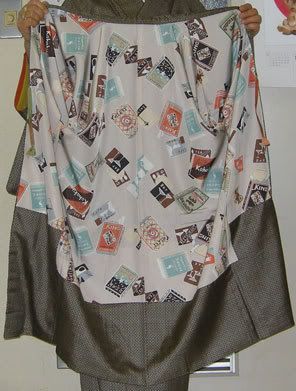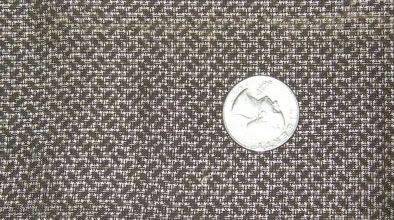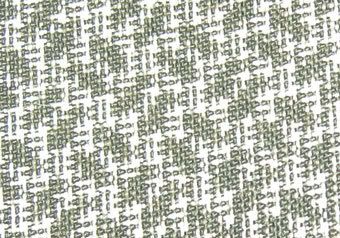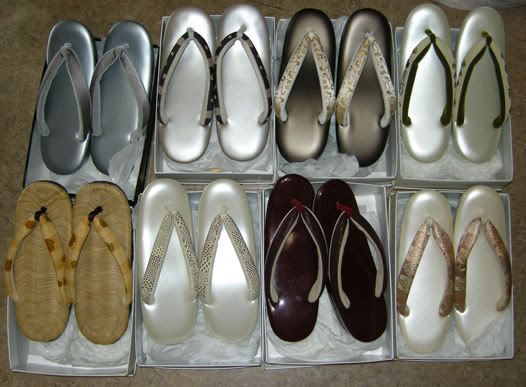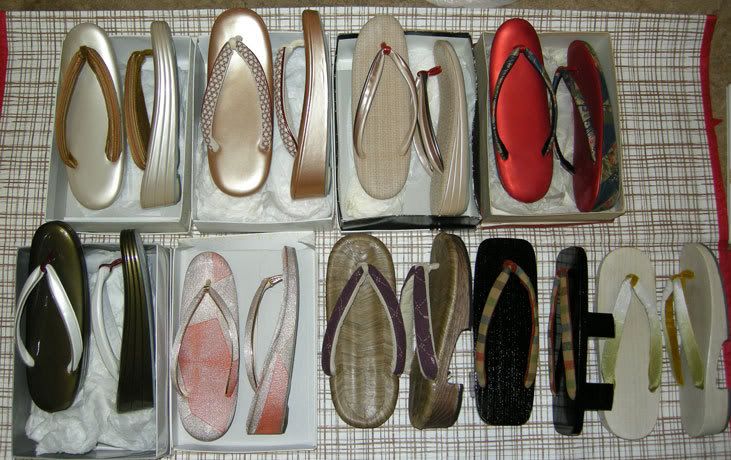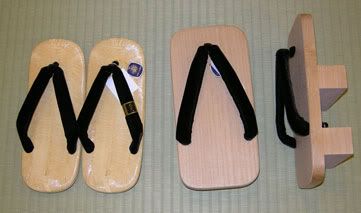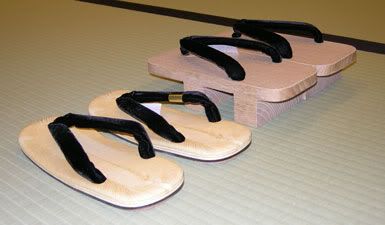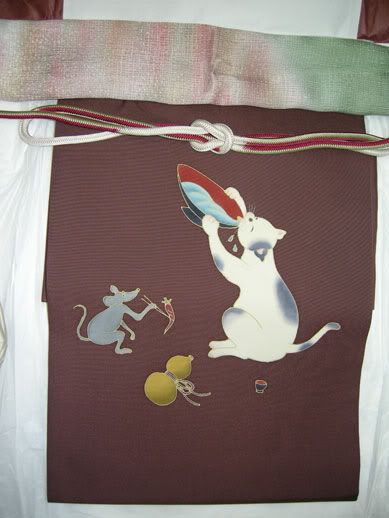LaMedicine
One Too Many
- Messages
- 1,116
I have already posted the same thread in Powder Room, so, if this is redundunt, bartenders please feel free to remove.
However, I perceive that many of the gentlemen on this board are too polite to poke their heads into the Powder Room, but also are interested in kimonos (I have received some PMs from gentlemen with questions, so) so I am also posting the link here.
I have taken some photographs of my 85 year old mother's kimonos and put them up with explanations on an online album.
Vintage Kimonos
If you click on the individual photos, the explanations I have put up will come up as well as the enlarged photos.
The kimonos are from mid '40s (some actually probably from late '30s-very early '40s before the then Japanese government declared kimonos an extravagance and unpatriotic in times of war, as my mother says that she remembers wearing a few of them in her maiden days) that were part of her trousseau (my parents were married in 1948) to very early '60s. This was a period when kimono construction underwent some very subtle changes which will help discern between vintage kimonos and the more modern (post '50s) kimonos.
For those who are interested, I hope you'll enjoy.
However, I perceive that many of the gentlemen on this board are too polite to poke their heads into the Powder Room, but also are interested in kimonos (I have received some PMs from gentlemen with questions, so) so I am also posting the link here.
I have taken some photographs of my 85 year old mother's kimonos and put them up with explanations on an online album.
Vintage Kimonos
If you click on the individual photos, the explanations I have put up will come up as well as the enlarged photos.
The kimonos are from mid '40s (some actually probably from late '30s-very early '40s before the then Japanese government declared kimonos an extravagance and unpatriotic in times of war, as my mother says that she remembers wearing a few of them in her maiden days) that were part of her trousseau (my parents were married in 1948) to very early '60s. This was a period when kimono construction underwent some very subtle changes which will help discern between vintage kimonos and the more modern (post '50s) kimonos.
For those who are interested, I hope you'll enjoy.


